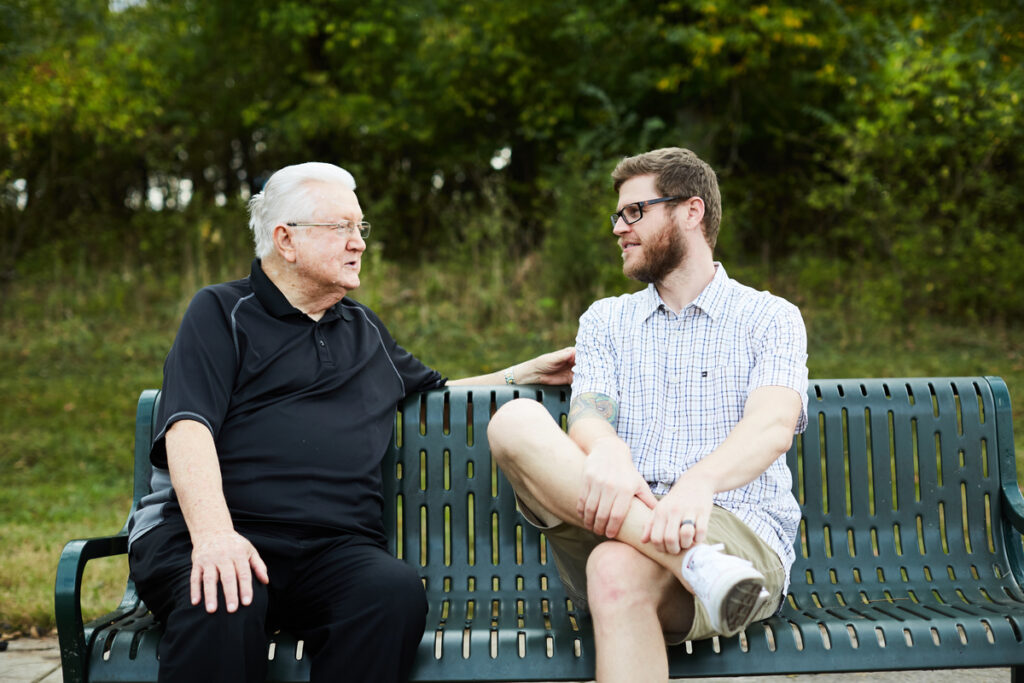Evangelism demands we understand the spiritual state of those we evangelize.
In order for lost people to glorify God rightly and submit to the lordship of Christ, they need forgiveness of sins. We evangelize because people are lost in sins and their only hope is the gospel of Jesus Christ. Their problem is doubly bad: They are lost, but do not know it. The apostle Paul depicts the response of unbelievers at the time of the second coming as one of total shock. They will say, “Peace and security,” before he comes like a thief in the night (1 Thess. 5:1-4).
Lost people do not know their peril. Some recognize they have “problems,” and they may employ some self-help, or “religion,” or attempt to make themselves pleasing to God through philanthropy or moral improvement. But the gospel makes clear that such efforts are to no avail.
Cornelius Van Til once illustrated such efforts by comparing them to a man made of water, trying to get out of a vat of water, by climbing up a ladder made of water. The analogy, someone might say, is ridiculous — but so is the belief that one can save oneself. The gospel message, articulated by Paul in Romans 1-4 and in Ephesians 1-2, renders that entirely clear, as do many other passages.
Humans have a fundamental need for a conversion experience. The greatest of all evangelism texts makes this abundantly clear:
“Go, therefore, and make disciples of all nations, baptizing them in the name of the Father and of the Son and of the Holy Spirit, teaching them to observe everything I have commanded you. And remember, I am with you always, to the end of the age.” (Matt. 28:19-20)
We must make disciples, and this most often happens with a gospel encounter and a resultant experience of repentance and faith. Curiously, such a theology of evangelism was absent from most of the church for much of its history. Even with the Reformers’ recovery of the doctrine of justification by faith, they often did not call for a “crisis of faith,” or a specific moment when a person became a disciple. They catechized their children (nothing wrong with that) and believed that the elect among their children (hopefully all of them) would find justification. But it was Anabaptists like Menno Simons and Conrad Grebel in that period who first urged people to repent and be baptized.
They were followed in the next century by many Puritans, who spent years “preparing” their children for conversion, so that they might be capable of relating a genuine conversion, become “visible saints,” and enter into the full covenant of the church. Then, in the next century, it was the revivalists — Jonathan Edwards and (especially) George Whitefield — who took that to the next level and preached to large numbers, calling upon them to experience the new birth.
A theology of evangelism must emphasize the conversion experience, even if there are some in the church who do not remember their moment of conversion. If they are saved today, there was a time when their discipleship was “made.”
This post is an excerpt from the Guide to Evangelism edited by Southern Seminary. It is used with permission. You can purchase this resource in its entirety here.
Published March 6, 2018




